a) Separating Electricity Usage of Building Units
This approach is specifically adopted for those projects where it is impractical to obtain individual electricity connections from the relevant power utility. For instance:
- Commercial buildings with a large number of consumers.
- Projects that use power generation systems like CHP (Combined Heat and Power) or CCHP (Combined Cooling, Heating, and Power).
This cabling infrastructure is considerably simpler and less costly to provide by utilizing smart meters for electricity. For example, the electricity can be distributed from the main electrical substation of the building to the distribution panels installed on each floor via a single central cable or bus duct. Sub-metering smart meters installed at the entrances of individual units then efficiently segregate the electricity.
از محاسن اجرای این سامانه می توان به موارد زیر اشاره کرد
- عدم نیاز تخصیص فضا برای نصب کنتورهای ورودی (به خصوص در ساختمان های تجاری) که صرفه جویی قابل توجهی در هزینه فضای مورد نظر خواهد داشت
- عدم نیاز به خرید انشعاب برق و کاهش هزینه اولیه برای واحدهای مسکونی
- عدم نیاز به کابل کشی مجزا از ورودی ساختمان (اتاق کنتور) به هر یک از واحدها و صرفه جویی در خرید اولیه و فضای مورد نیاز در سقف های کاذب
- امکان استفاده از سیستم باس داکت (Bus duct) با کیفیت بسیار بالاتر از روش های معمول
ب) تفکیک برق چیلر ها، بوستر پمپ های آبرسانی، موتورخانه و …
یکی از کاربردهای سامانه انرژی میتر تفکیک مصارف برق مشاعات ساختمان بین واحدها بر مبنای مقدار دقیق مصرف است، بطور مثال مصرف برق چیلر تراکمی یا مصرف برق موتورخانه از آنجاییکه در بیشتر مواقع کنتور برق مشاعات (آسانسور، روشنایی و …) با بخش تاسیسات (موتورخانه، چیلر و …) مشترک می باشد به همین دلیل بایستی در ابتدا مقدار سهم مشاعات از تاسیسات تفکیک شده و سپس سهم تاسیسات را بر مبنای مصرف هر واحد بین مصرف کنندگان تقسیم نمود. به همین دلیل نیاز است تا برای بخش های مختلف تاسیسات مانند چیلرهای تراکمی، موتورخانه ویا بوستر پمپ های آب رسانی از کنتورهای تفکیکی هوشمند برق استفاده نمود.
نحوه تقسیم برق مشاعات بین واحدها را می توان به شکل زیر تعریف کرد :
- تقسیم مصرف برق مشاعات (آسانسور و روشنایی و …) بین واحدها بر اساس متراژ واحد، نفرات، مساوی و …
- تقسیم مصرف برق چیلر بین واحدها بر اساس مصارف فن کویل ها (با استفاده از کنتورهای انرژی)
- تقسیم مصرف برق موتورخانه بین واحدها بر اساس مصارف انرژی سرمایشی و گرمایشی فن کویل ها و آب گرم بهداشتی (با استفاده از کنتورهای انرژی و آب گرم بهداشتی)
- تقسیم مصرف برق بوستر پمپ های آب رسانی بین واحدها بر اساس مصرف آب هر واحد (با استفاده از کنتورهای آب سرد و گرم بهداشتی)

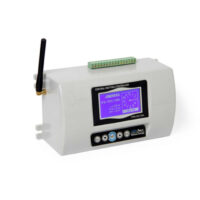
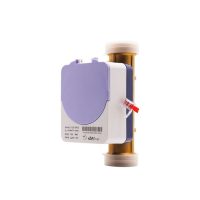

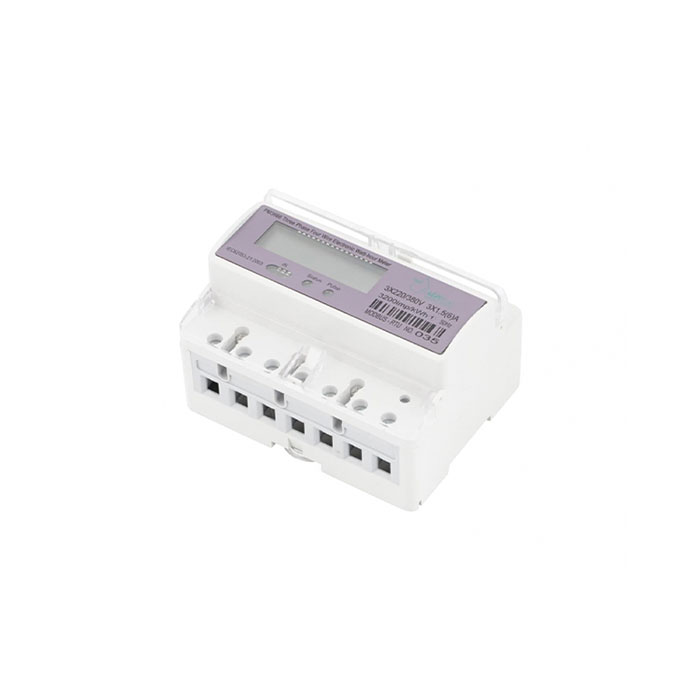

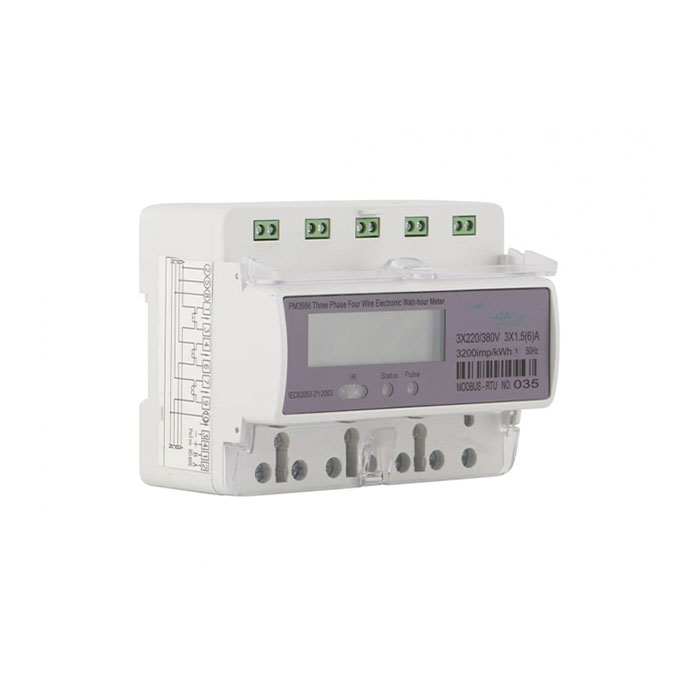

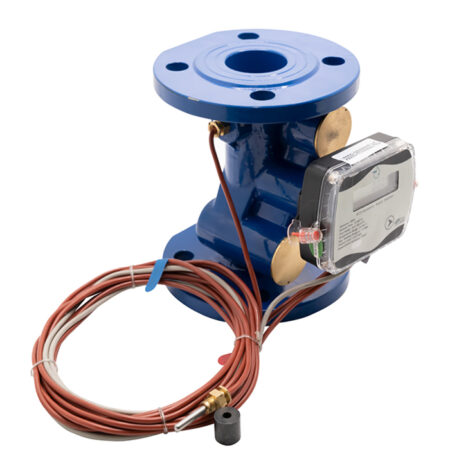
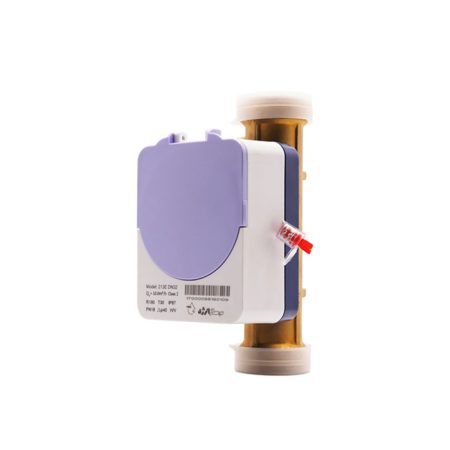
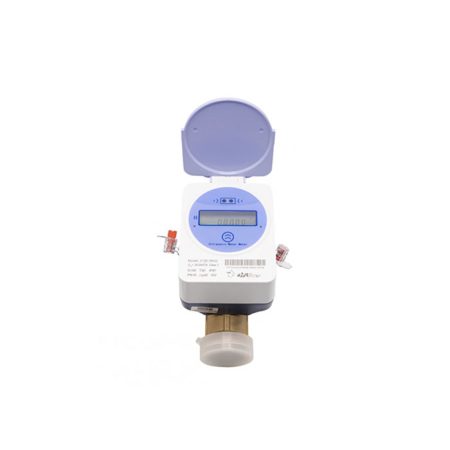
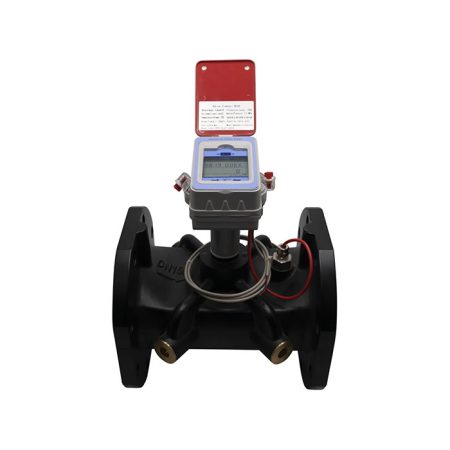
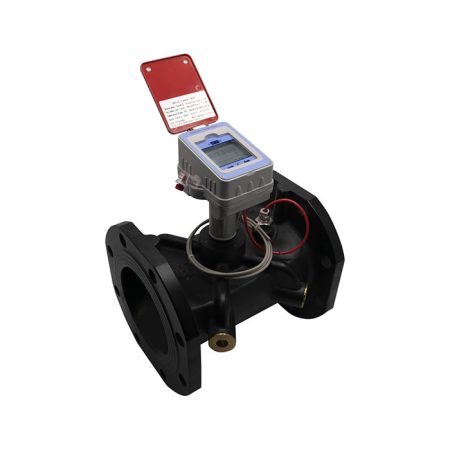
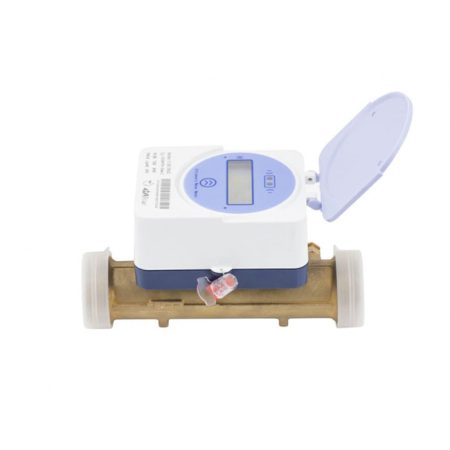
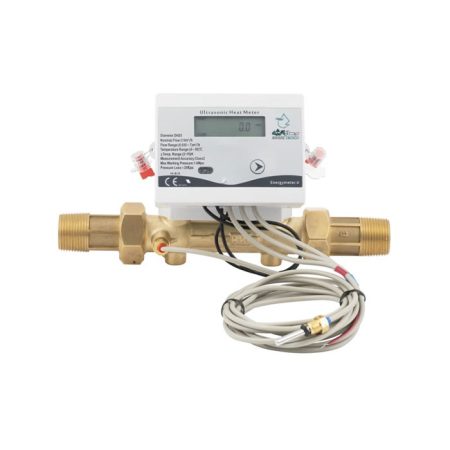
Reviews
There are no reviews yet.